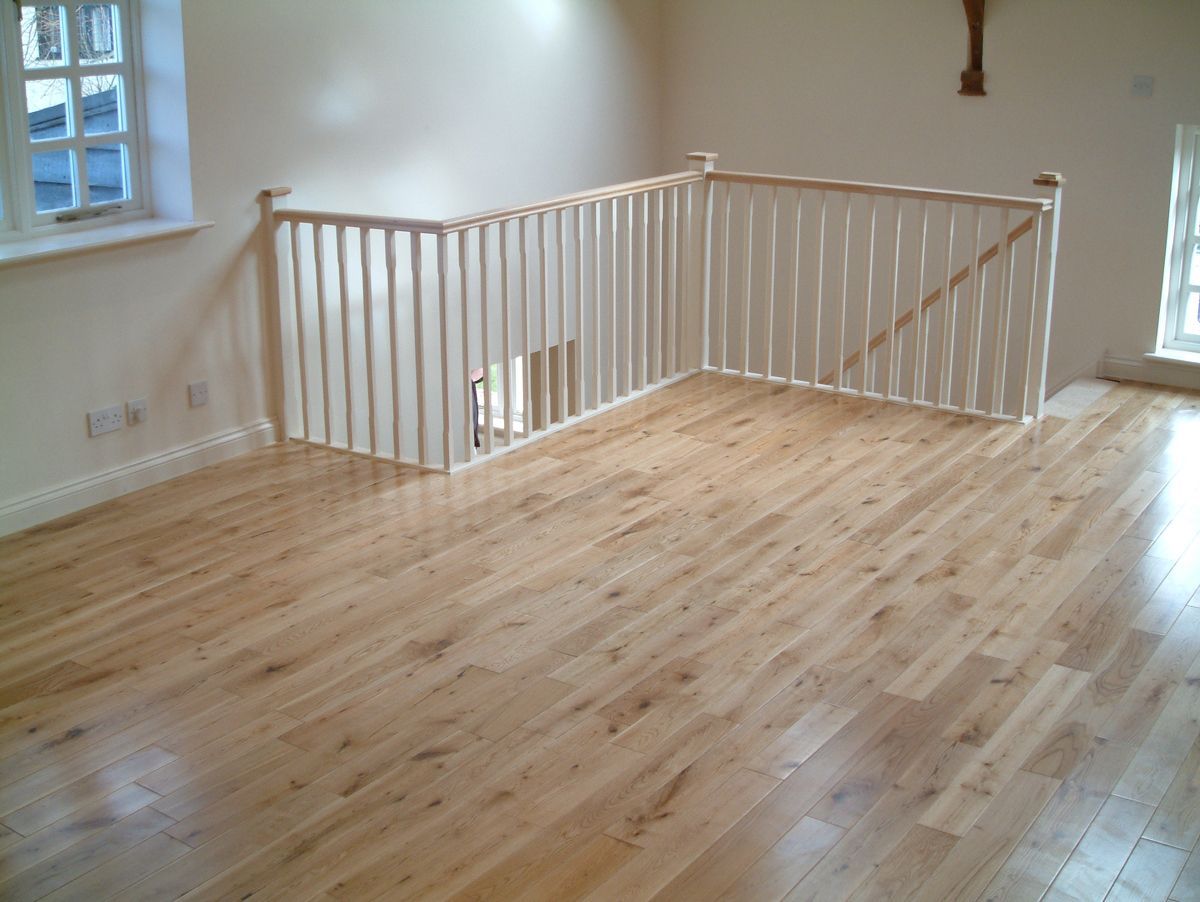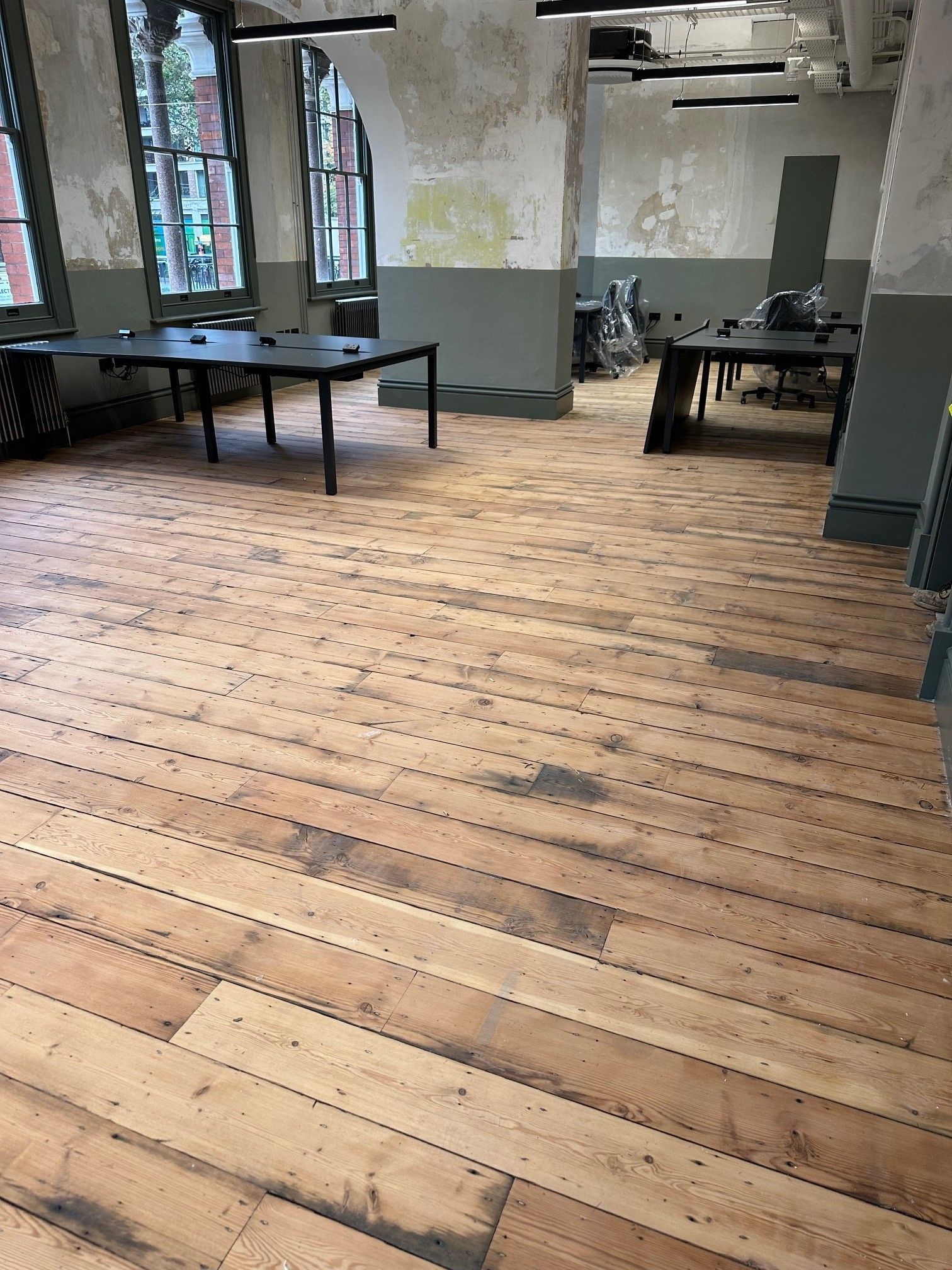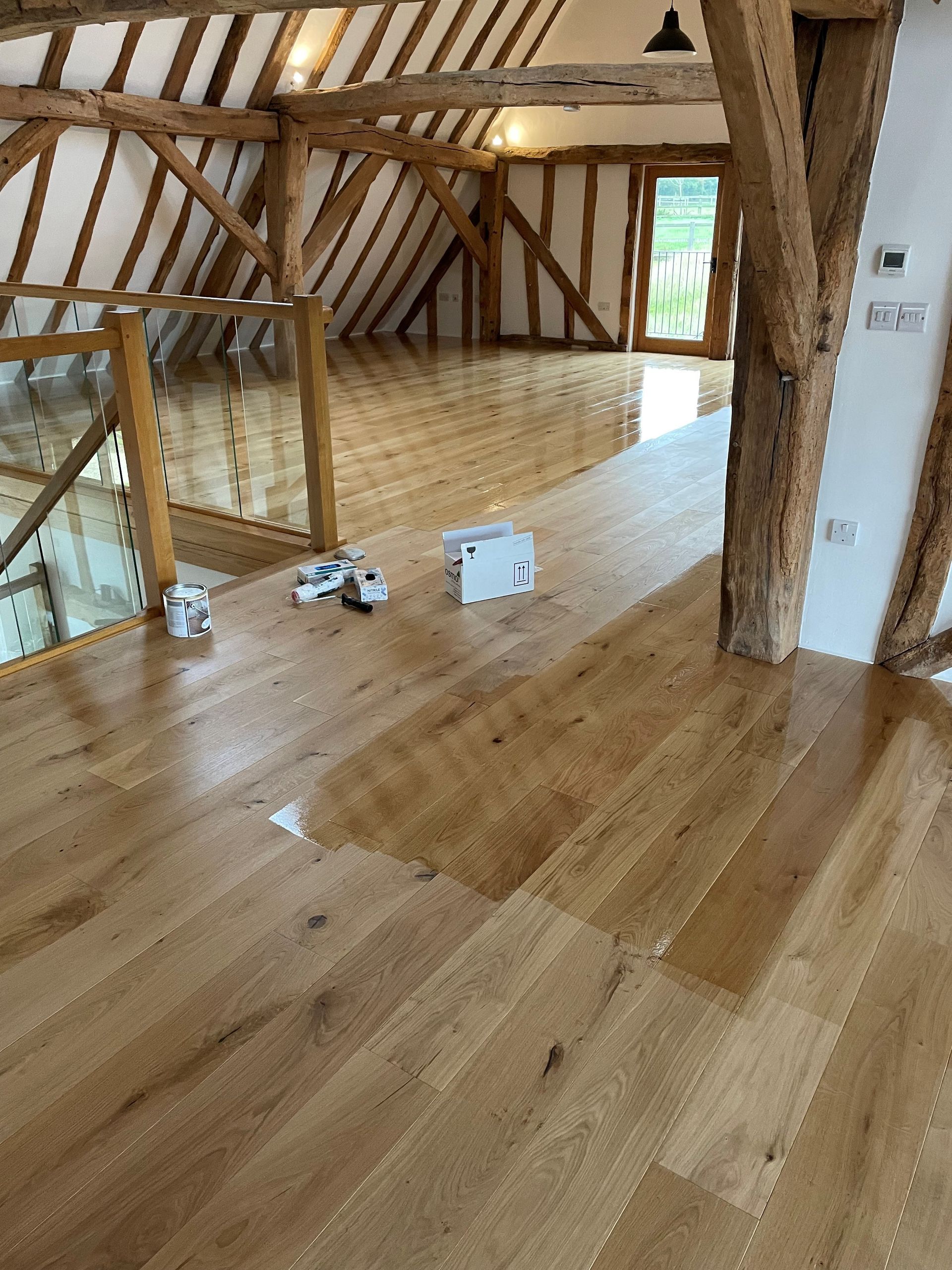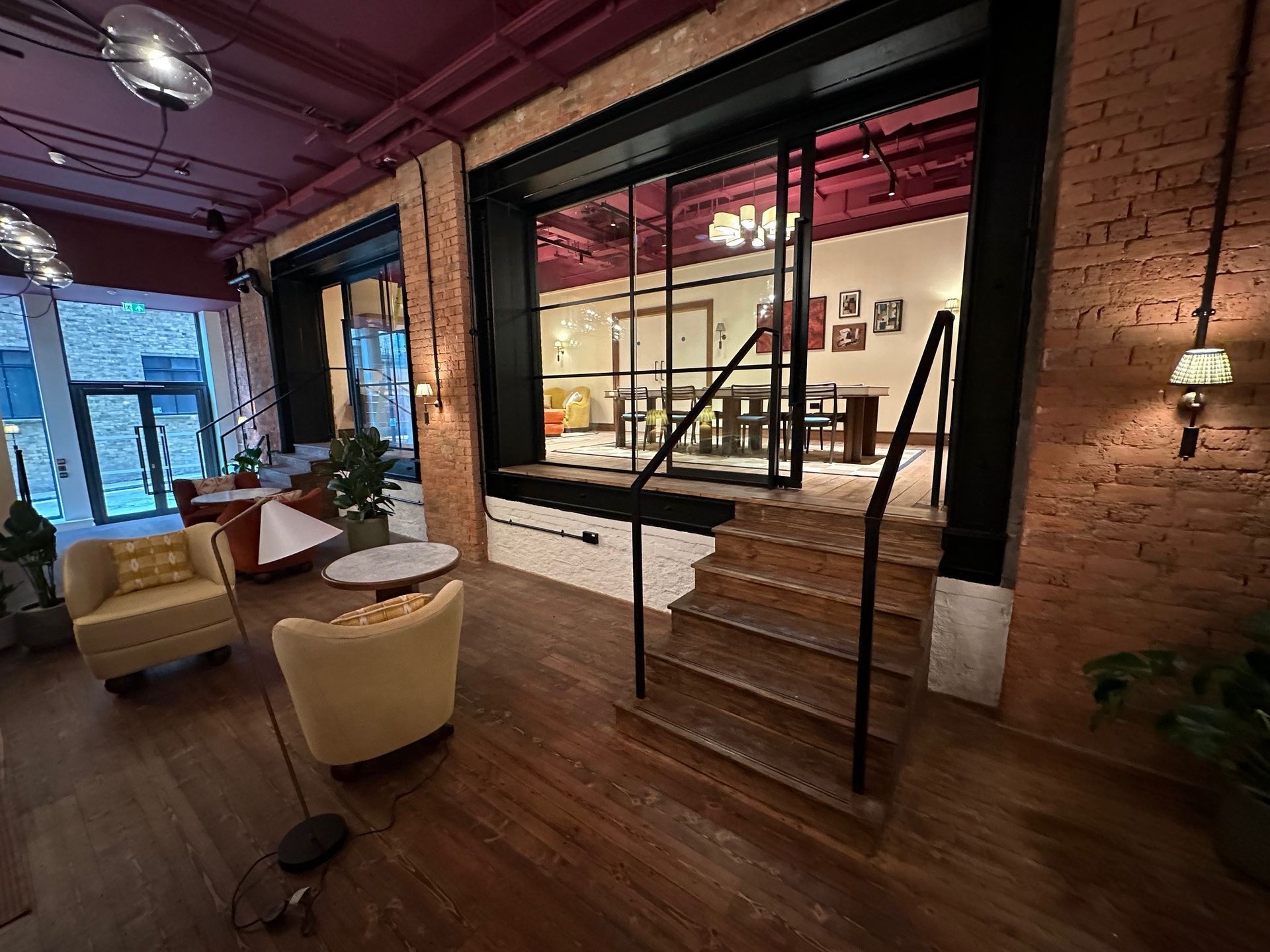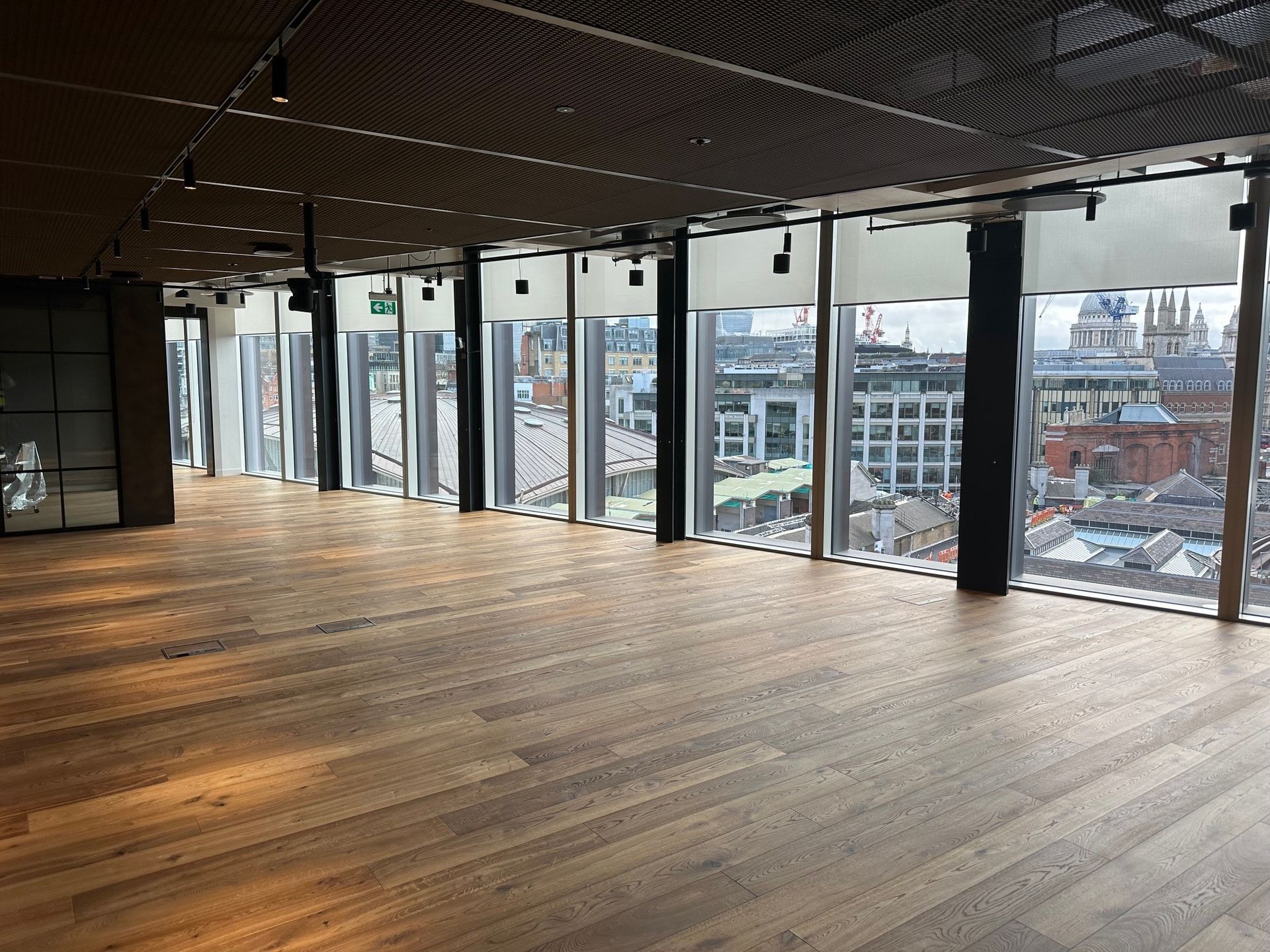How to Achieve Seamless Transitions Between Different Flooring Areas
Expert guidance for unified timber flooring in mixed use spaces
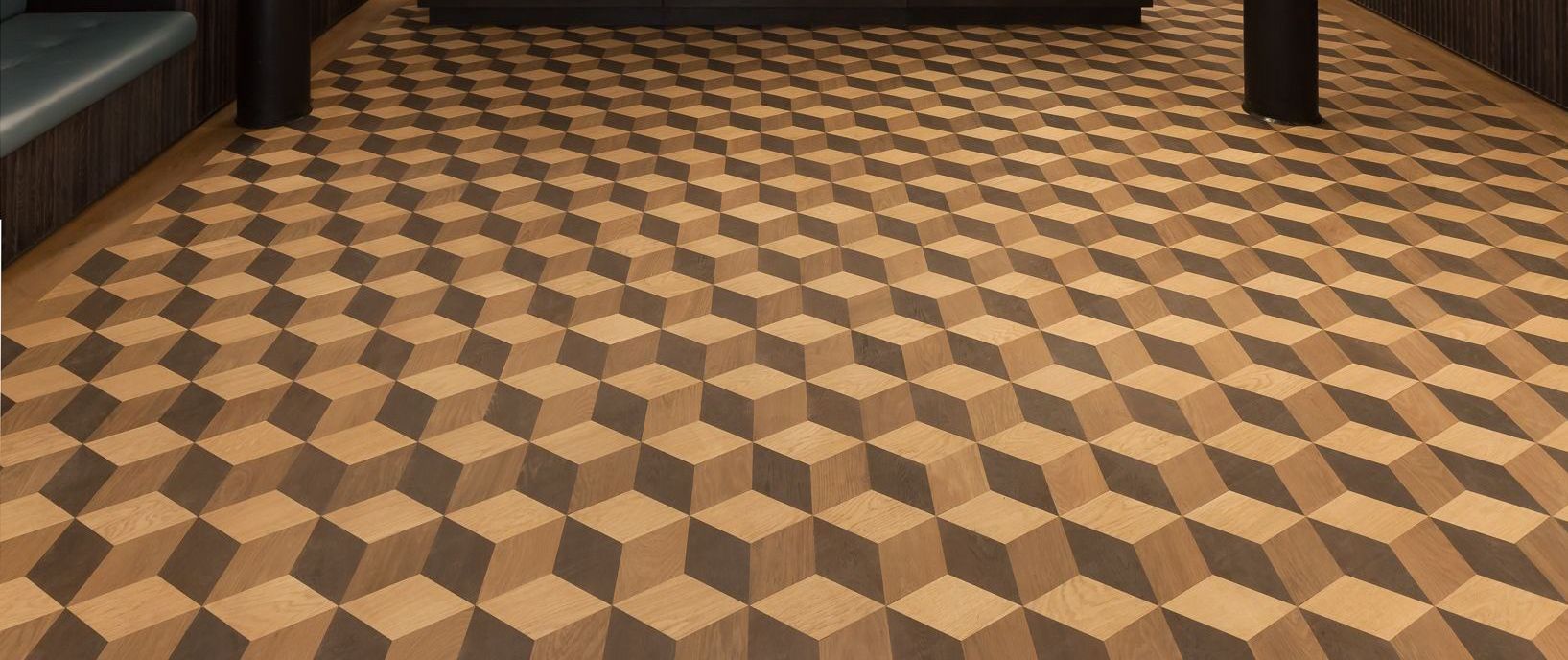
How to Achieve Seamless Transitions Between Different Flooring Areas
A well executed transition between different flooring surfaces can elevate any interior. Whether the goal is to combine solid oak in an office with engineered panels in a reception or integrate different timber tones between zones, the key is consistency, thoughtful planning and precise execution.
Understanding the Importance of Floor Transitions
Transitions are more than practical connectors. They ensure:
- A continuous visual flow across spaces
- Durability and safety in high traffic areas
- A refined finish that reflects quality craftsmanship
Without careful attention, transitions can appear abrupt or feel uneven underfoot. Ensuring a seamless join is a mark of expert timber flooring installation.
1. Evaluate the Subfloor and Surface Preparations
Before laying any floor material it is essential to check the subfloor across all areas. Listen for differences in height, feel for uneven sections or damp spots. A consistent foundation ensures the final surfaces meet evenly, avoiding awkward steps or ridges where different floors meet.
2. Choose a Transition Approach That Matches Design Intent
Different scenarios call for varied solutions:
- Use matching timber thresholds for subtle transitions between similar timber floors
- Consider flush transitions where two timber types align with precise milling
- Where non timber meets timber surface a complementary trim can bridge the contrast while preserving elegance
Each choice should reflect both aesthetic harmony and stability under regular use.
3. Match Undertones and Surface Finishes
When combining different timber species or finishes, identifying common undertones is critical. Warm honey tones pair best with other warm woods, while grey washed or ash tones benefit from similarly neutral counterparts. Samples laid side by side, preferably in natural light, help confirm undertones align. A successful transition never feels discordant.
4. Maintain Consistent Grain and Texture Flow
Grain direction and texture help the eye move from one surface to another. In open plan spaces, running planks in a consistent direction across zones promotes unity. Where textures vary such as smooth lacquer in a boutique area and brushed oak in a corridor the transition should respect both surfaces, perhaps using a subtle flush joint or complementary detail to guide the eye.
5. Limit the Number of Different Materials
A simple guideline is to use no more than three distinct finishes in one continuous space. This approach prevents visual clutter. You can still introduce variation through subtle grain or refinishing choices without complicating the overall scheme.
6. Use Connecting Elements Thoughtfully
Transitional strips, skirting boards, joinery or fabrics can provide cohesion. For example, framing a lighter timber threshold with elements in a shared tone or matching a trim to your dominant floor colour eases the visual shift and signals intentional design rather than a patchwork of materials.
7. Account for Light and Complete at the Same Time
Lighting significantly affects how you perceive the union of floors. Natural daylight may reveal undertones differently from artificial lighting. Always review transitions at different times and under unique lighting conditions. Undertake the final finish once lighting is in place to ensure synergy across the entire area.
8. Focus on Craftsmanship and Precision
A seamless transition relies on careful finish and installation:
- All edges must be clean cut and square
- Joints should be tight with no gaps
- Finishes must flow across the boundary to maintain consistency
Attention to detail reflects the skill of the installer and preserves the integrity of the design.
Conclusion
Creating seamless transitions between different flooring areas combines practicality with aesthetic care. By ensuring uniform subflooring, aligning undertones, managing textures, limiting variation and introducing thoughtful connectors, you craft a unified interior that feels both elegant and effortless. An expert approach to transitions speaks volumes about the quality of timber installation and elevates the space.


